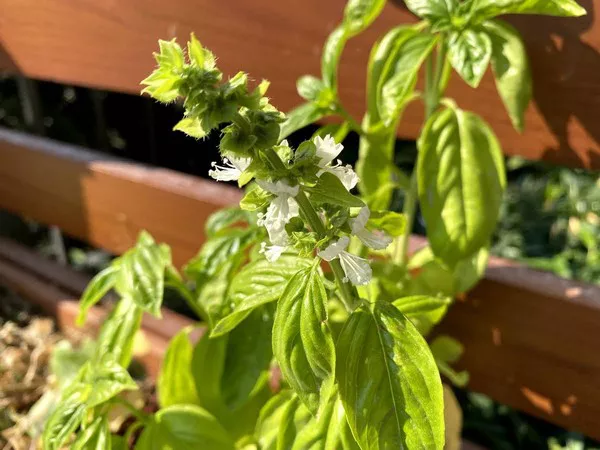Pea flowers, scientifically known as Pisum sativum, are captivating botanical wonders that belong to the legume family Fabaceae. These exquisite blossoms are not only a source of aesthetic pleasure but also play a crucial role in the agricultural landscape due to their significance as a food crop and their contributions to soil health. In this comprehensive guide, we delve into the intriguing world of pea flowers, from their physical characteristics to their ecological importance and cultural significance.
1. Anatomy and Appearance
Pea flowers exhibit a unique and intricate structure that reflects both their evolutionary adaptations and their role in reproduction. The flower typically comprises five distinct parts: the calyx, corolla, stamens, pistil, and ovary. The calyx is the outermost whorl of sepals, which protect the developing flower bud. Just inside the calyx is the corolla, consisting of colorful petals that attract pollinators.
The stamens, often referred to as the male reproductive organs, consist of a slender filament topped by an anther. The anther contains pollen, the vital reproductive cells. The pistil, the female reproductive organ, is comprised of the stigma, style, and ovary. The stigma is sticky and captures pollen, allowing for fertilization. The style acts as a conduit for the pollen to travel to the ovary, where fertilization takes place, leading to the formation of peas.
Pea flowers come in an array of hues, including white, pink, purple, and blue. The two main types of pea flower arrangements are axial and terminal. Axial flowers are positioned along the stem, allowing for efficient pollination, while terminal flowers are located at the tip of the stem, which may facilitate visual appeal but could affect reproductive success.
2. Pollination Mechanisms
Understanding the mechanisms of pollination is essential to grasp the life cycle of pea flowers. These flowers have evolved strategies to ensure successful pollination and subsequent reproduction. Pea flowers are primarily entomophilous, meaning they rely on insects, particularly bees, for pollination. The vibrant petals serve as visual cues to attract pollinators, while the sweet nectar within the flower rewards their visits.
During pollination, when a bee lands on a pea flower to collect nectar, its body comes into contact with the flower’s reproductive organs. Pollen grains adhere to the bee’s body, and as the bee moves from flower to flower, it transfers pollen, enabling cross-fertilization. This process enhances genetic diversity and contributes to the overall health of the pea plant population.
3. Ecological Significance
Pea flowers extend beyond their aesthetic appeal and serve a vital ecological role. As leguminous plants, they have a unique ability to fix nitrogen from the atmosphere into the soil through a symbiotic relationship with nitrogen-fixing bacteria called rhizobia. This process enriches the soil with essential nutrients, benefiting not only the pea plant but also neighboring vegetation.
Furthermore, pea flowers contribute to biodiversity by providing food sources for various insects, including pollinators, thus supporting the entire ecosystem. The nectar and pollen offered by pea flowers sustain bees, butterflies, and other insects, which, in turn, play a crucial role in pollinating other plants, including agricultural crops.
4. Cultural and Symbolic Significance
Pea flowers have left an indelible mark on various cultures and societies throughout history. In many traditions, the pea plant symbolizes fertility, prosperity, and new beginnings. Its vibrant flowers are often associated with spring and renewal, making them a popular choice for gardens and floral arrangements during festive occasions.
Additionally, the pea plant’s ability to enrich soil through nitrogen fixation has earned it a place in sustainable agriculture practices. Crop rotation involving peas has been practiced for centuries, demonstrating how pea flowers have not only served as a staple food source but have also contributed to the advancement of agricultural methods.
5. Varietal Diversity and Cultivation
The diversity within the pea flower family is remarkable, with numerous cultivars developed for different purposes. Garden peas, also known as shelling peas, are grown primarily for their plump and delicious peas. Snow peas and snap peas are cultivated for their tender pods and are popular additions to stir-fries and salads.
Furthermore, ornamental pea varieties have been bred for their aesthetic value. These cultivars exhibit a range of flower colors, including deep purples, vibrant pinks, and delicate blues. Ornamental pea plants are often trellised to showcase their cascading flowers, adding a touch of elegance to gardens and landscapes.
Conclusion
The enchanting world of pea flowers encompasses not only their exquisite physical attributes but also their ecological, cultural, and agricultural significance. From their intricate reproductive anatomy to their role in sustaining ecosystems, pea flowers truly exemplify the intricate web of connections between plants, animals, and the environment.
As we continue to explore the diverse tapestry of the botanical world, pea flowers stand as a reminder of the beauty and complexity that nature offers. Whether admired for their vivid colors in a garden or appreciated for their role in sustainable agriculture, pea flowers hold a special place in both the natural world and human culture.


